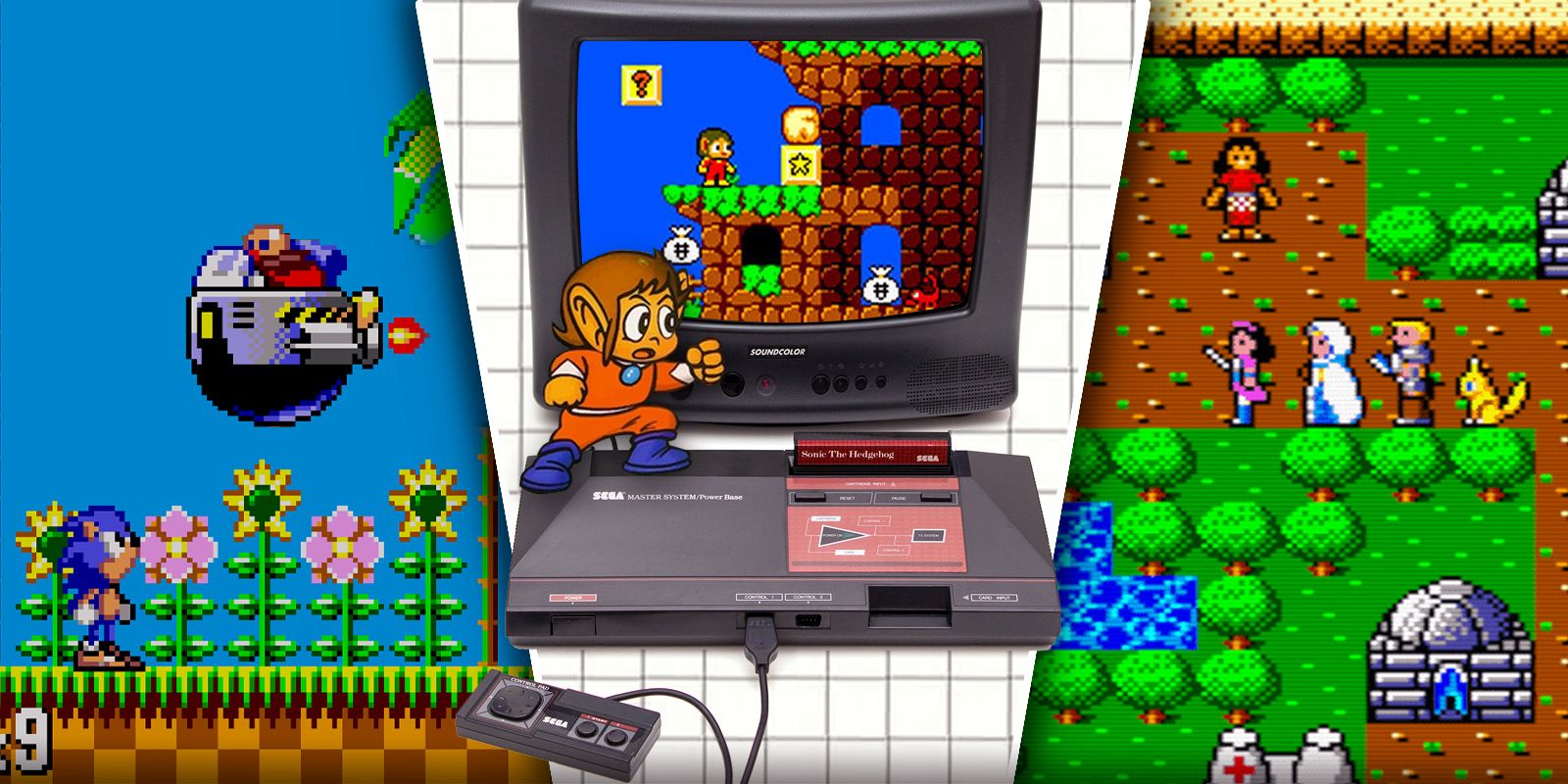## The Smell of Blood on a Disc: Kojima’s Obsession with Unconventional Senses
Hideo Kojima, the master of the cinematic game, is known for pushing boundaries. But while we’re used to his mind-bending narratives and breathtaking set pieces, Kojima’s quest to revolutionize gaming extends far beyond the visual and auditory. He’s obsessed with sensory overload, with immersing players in a world that feels truly alive. Forget VR headsets and haptic feedback; Kojima’s visions encompass the unthinkable: heat-sensitive discs that react to your touch and games that practically reek of blood and gunpowder.

The Fade of the Physical: The Digital Turn in Gaming
The Rise of Digital

The landscape of video game distribution has undergone a seismic shift in recent decades. Physical media, once the dominant force, has steadily ceded ground to digital downloads and online storefronts. This evolution, driven by technological advancements, consumer convenience, and evolving business models, has profoundly impacted game design and player experiences.
The rise of digital gaming can be attributed to several factors. The internet’s ubiquitous presence enabled seamless online distribution, bypassing the logistical complexities and costs associated with physical production and retail. Digital platforms like Steam, GOG, and the PlayStation Store offered vast libraries of games easily accessible at the click of a button, catering to players’ growing desire for instant gratification and diverse content.

The Loss of Immersion
While digital distribution boasts undeniable advantages, its ascendance has raised concerns about the potential loss of immersion and the unique tactile experiences associated with physical media. The tangible act of inserting a disc into a console, the satisfying weight of a game case in hand, and the anticipation of unveiling a new game’s artwork and packaging all contribute to a heightened sense of occasion and engagement.
Physical releases often incorporated innovative design elements and interactive features that enhanced the gaming experience. Collectible figurines, art books, soundtracks, and even hidden messages or codes printed on discs or boxes added layers of depth and intrigue, fostering a deeper connection between players and the game world.
Looking Forward: Can the Spirit of Kojima’s Physical Innovations be Replicated in a Digital World?
The shift towards digital gaming presents a challenge for developers seeking to replicate the magic of Kojima’s innovative physical gimmicks. However, the spirit of those innovations can be preserved and even amplified through creative use of digital tools and technologies.
Developers can leverage digital platforms to offer interactive elements like dynamic loading screens, unlockable bonus content, or augmented reality experiences that enhance the narrative and engage players beyond the core gameplay.
Furthermore, the rise of streaming services and cloud gaming opens up new possibilities for blurring the lines between physical and digital realms. Imagine, for instance, a game where players could interact with physical props or environments through their streaming setup, creating a more immersive and tangible experience.
A Legacy of Innovation: How Metal Gear Solid’s Physical Gimmicks Redefined Player Engagement
The CODEC Code: A Simple Yet Effective Way to Draw Players into the World
One of the most iconic examples of Kojima’s attention to detail and player engagement in Metal Gear Solid is the inclusion of the CODEC code for Snake’s ally Meryl, concealed on the back of the game’s box. This seemingly simple act of hiding a crucial piece of information in plain sight invited players to actively participate in the world-building process.
Players weren’t passively presented with the code; they had to seek it out, decipher its significance, and connect it to the narrative. This subtle yet powerful mechanic fostered a sense of discovery and rewarded players for their attentiveness, immersing them deeper into the game’s intricate world.
Psycho Mantis: A Masterclass in Interactive Storytelling Through Gameplay Mechanics
Psycho Mantis, the enigmatic and telekinetic boss of Metal Gear Solid, stands as a testament to Kojima’s genius for blending storytelling and gameplay mechanics. This unforgettable encounter transcends the traditional boundaries of boss fights, becoming a masterclass in interactive narrative.
During the cutscene preceding the battle, Psycho Mantis displays an uncanny ability to read the player’s memory card, revealing details about their gameplay habits. He calls out the player’s saves, mentioning specific games they’ve played, even daring to claim they’ve played too much Castlevania.
The fight itself further blurs the lines between game and reality. Psycho Mantis manipulates the player’s controller, causing their character to move erratically and forcing them to react to his psychological warfare. The only way to defeat him is to plug the controller into a different port, a clever workaround that reinforces the illusion of his psychic prowess.
Conclusion
From the heat-sensitive discs of the early PlayStation era to the visceral thrill of blood’s metallic scent in his most recent works, Hideo Kojima has always pushed the boundaries of interactive storytelling. This article explored Kojima’s fascinating approach to sensory immersion, revealing how he utilizes unconventional elements to draw players deeper into his meticulously crafted worlds. We’ve seen how heat-sensitive discs, while seemingly a relic of the past, served as a powerful tool for creating interactive narratives, while the inclusion of scents in games like “Death Stranding” opens up a whole new dimension of player engagement, blurring the lines between the real and the virtual.
Kojima’s relentless pursuit of innovation suggests a future where sensory immersion becomes even more integral to gaming. Imagine stepping into a game world not just visually and auditorily, but also through the sense of touch, smell, and even taste. While this may seem like science fiction today, Kojima’s unwavering dedication to pushing the envelope makes it feel tantalizingly close. As technology advances, we can expect to see even more groundbreaking approaches to sensory engagement in gaming, further blurring the line between player and participant, and forging a deeper, more visceral connection with the worlds we explore.
The question isn’t whether games will become more immersive, but how far Kojima and other visionary developers will take us. Will we one day truly lose ourselves in virtual realms, our senses fully engaged in the unfolding narrative? The answer, much like Kojima’s work, remains shrouded in tantalizing mystery.